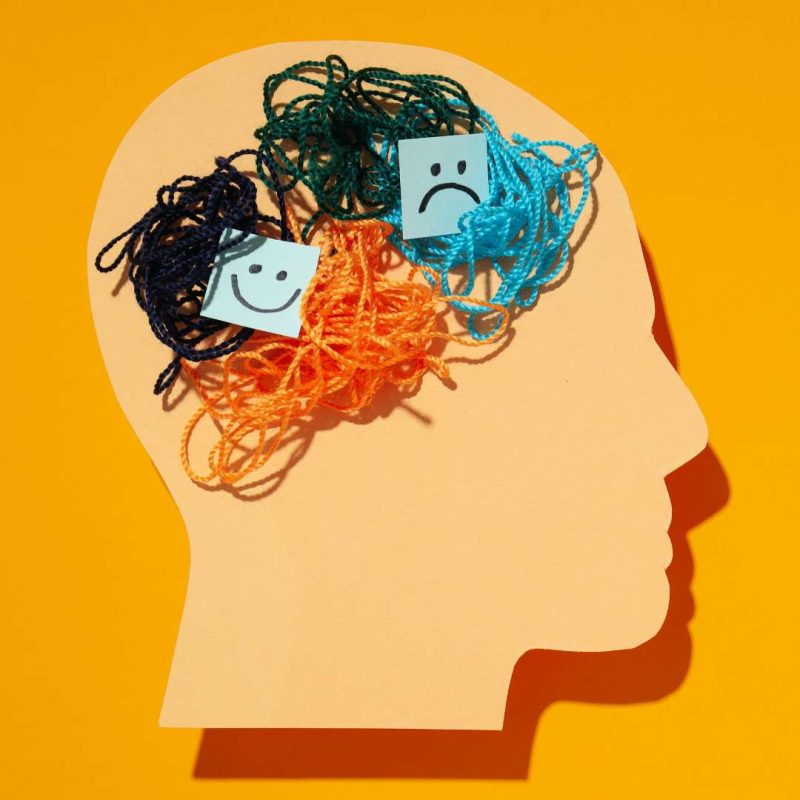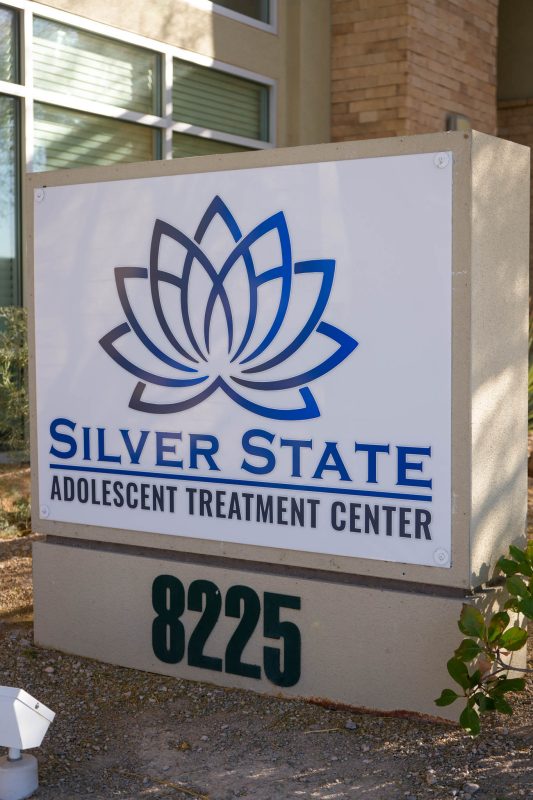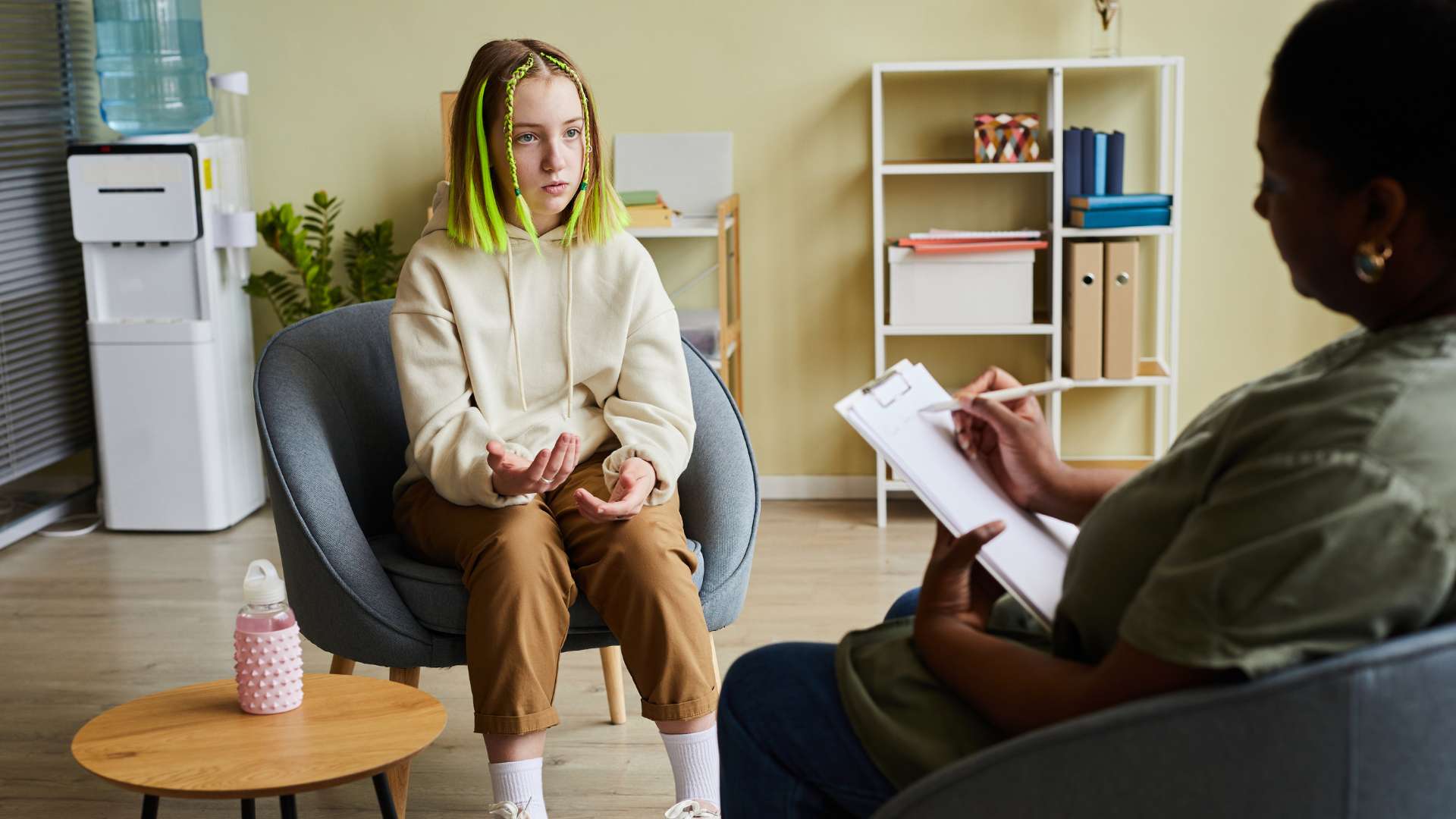Teen Borderline Personality Disorder (BPD) Residential Treatment Program
What We Do

Behavioral Therapy

Occupational Therapy

Social Skills Training
Borderline Personality Disorder (BPD) Treatment Program for Teens
Borderline Personality Disorder is a complex and deeply emotional condition that can cause intense mood swings, impulsivity, unstable relationships, and an ongoing fear of abandonment. For teens, these symptoms may lead to self-harm, conflict at home or school, and a profound sense of emptiness or confusion about identity.
At Silver State, our residential program offers a stable and structured environment where teens with BPD can safely begin the process of healing. We provide around-the-clock support, intensive therapy, and daily routines that help reduce crisis behavior and foster long-term growth.
Each treatment plan is individualized to address the emotional, social, and behavioral challenges specific to BPD. Our program helps teens learn emotional regulation, build a positive self-image, and develop healthy coping strategies that last beyond their time in treatment.


What is Borderline Personality Disorder (BPD)?
BPD is a mental health disorder marked by difficulty regulating emotions, maintaining relationships, and managing self-identity. While it’s often diagnosed in early adulthood, symptoms frequently begin during adolescence and can be especially intense due to ongoing developmental changes.
Teens with BPD may experience frequent mood swings, black-and-white thinking, and extreme sensitivity to perceived rejection or abandonment. They often struggle with impulsive behavior, self-harm, or suicidal ideation as a way to cope with emotional pain.
At Silver State, we take a trauma-informed and empathetic approach to treatment. Our goal is to help teens understand the root of their symptoms and begin developing a sense of self that’s stable, confident, and resilient.
Signs and Symptoms of Borderline Personality Disorder (BPD) in Teens
Borderline Personality Disorder can be difficult to diagnose in teens, especially because some symptoms may overlap with other conditions. However, when these patterns are persistent and disruptive, they should not be ignored.
Common symptoms include:
Intense, unstable relationships
Fear of abandonment and extreme efforts to avoid it
Identity confusion or shifting self-image
Mood instability and emotional outbursts
Impulsive or risky behavior
Chronic feelings of emptiness
Self-harm or suicidal threats
Difficulty trusting others
If your teen is struggling with these symptoms, residential treatment can offer the consistent structure, therapy, and support needed for meaningful progress.


Why Individualized Plans Matter for Teens with Borderline Personality Disorder (BPD)
No two teens with BPD are alike. Their struggles often stem from a unique mix of trauma, family dynamics, neurological factors, and emotional sensitivities. That’s why we start with a detailed assessment and build a fully personalized treatment plan for each teen.
Our residential program includes DBT, CBT, trauma-informed care, psychiatric support, and structured daily routines to help teens stabilize their emotions and improve functioning. We also emphasize life skills, self-esteem, and boundary-setting.
Family involvement is critical. We offer regular family therapy sessions and parent education to support the healing process at home and prepare families for the transition after treatment.
The Silver State Adolescent Approach
Teens with Borderline Personality Disorder need more than talk therapy—they need consistency, connection, and a comprehensive system of support. At Silver State, our residential program is designed to offer just that.
We use evidence-based practices, including Dialectical Behavior Therapy (DBT), to help teens tolerate distress, regulate emotions, and develop healthier interpersonal patterns. Our team creates a safe, structured environment that supports growth while also challenging negative thought and behavior patterns.
Teens learn practical coping skills they can use in real time. Whether it’s managing a triggering interaction, processing feelings of abandonment, or navigating identity struggles, our program equips teens with tools they’ll use for life.
We believe that healing from BPD is possible—with time, patience, and the right treatment team. At Silver State, we walk with each teen and their family through every step of the journey toward stability, connection, and emotional empowerment.
Disorders We Treat
Question 1
Answer
Question 2
Answer
Frequently Asked Questions
Question 1
Answer
Question 2
Answer
Contact Silver State Adolescent Treatment
Please fill out the form to get started and someone from our admissions team will be reaching out to you shortly.

Teen Mental Health Disorders We Treat
FAQs About Teen Borderline Personality Disorder (BPD) Residential Treatment
Intense mood swings, fear of abandonment, unstable relationships, impulsivity, self-harm, and identity struggles.
Look for emotional instability, extreme reactions to separation or criticism, impulsive behavior, and self-injury.
We specialize in Dialectical Behavior Therapy (DBT), individual therapy, trauma-informed care, and family therapy in a structured, supportive environment.
Yes. We offer accredited academic instruction onsite, with accommodations for emotional needs.
No. These are real symptoms of distress and emotional dysregulation, not manipulation.
With treatment, your teen can live a healthy, stable, and connected life.
No. While the home environment matters, BPD is a complex biopsychosocial disorder.
Yes. Structured support, DBT, and intensive therapy are highly effective.
Absolutely. Early treatment improves long-term outcomes and prevents escalation.
Get Started
At Silver State Adolescent Treatment, we understand how important your questions and concerns are. For immediate assistance or detailed inquiries, please fill out our contact form so our team can respond quickly.
Our compassionate staff is here to provide personalized support tailored to your teen’s needs.
You can also reach us directly using the contact information below. Together, we’ll take the first steps toward your teen’s mental health and recovery.














